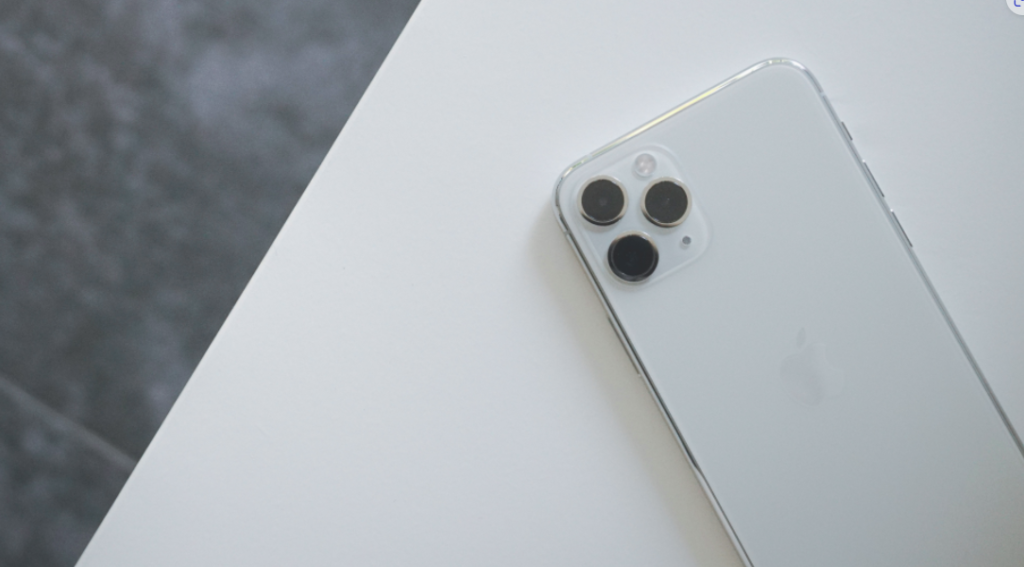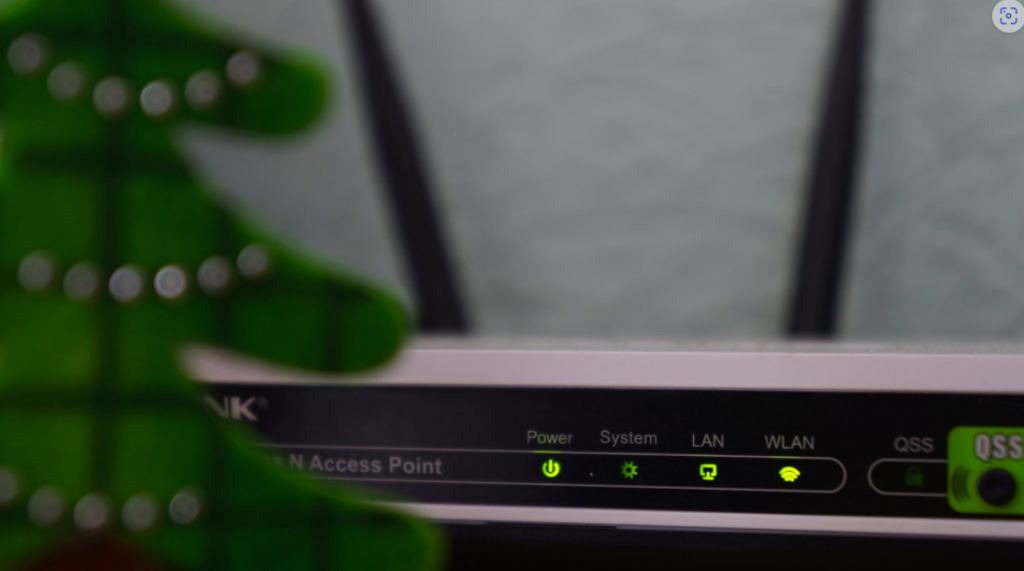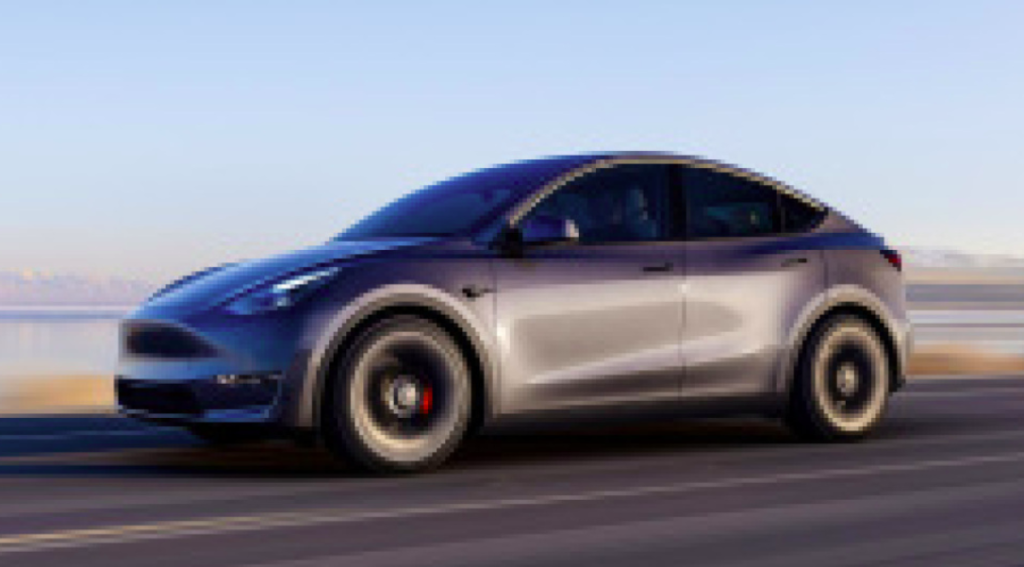A jury has declared that Google Play is an unlawful monopoly, leading to Epic’s jubilation.

When Epic Games launched its Fortnite-powered legal battle royale two years ago, it was unable to win against Apple. A lawsuit against Google was also filed, and the matter just came to a decision. Interestingly, despite Android’s provision for third-party app shops, the jury determined that Google’s Play Store constituted an illegal monopoly. All of it stemmed from a slew of dubious agreements with big developers and OEMs meant to keep Epic and other app stores closed.
This is an unexpected result because Android is already at a disadvantage should a case of this kind arise. Android has allowed unrestricted app installation since its inception. Without using Google, you can download APK files from the internet and install them on your smartphone. A decade ago, Amazon leveraged this capacity to introduce its own app store.
In spite of this, Epic’s legal team had an easy time winning the case. The jury was shown Google’s backroom transactions throughout the trial. Google has emphasized in its response to the ruling that it built Android to be open, but it was also prepared to pay billions of dollars to prevent big developers from endorsing third-party storefronts.
Google executives believed these initiatives would hinder alternative app stores, such as the one Epic has been threatening to develop, according to internal communications from the company. For instance, a Google employee claimed to have convinced Riot Games to rescind its plans for its own app store by promising $10 million in marketing support. Google reportedly presented Samsung with revenue-sharing plans to “disincentivize” installing extra app shops on its phones. Yes, the same Samsung that, according to papers provided, already pre-loads the Galaxy Store on its phones—something Google has also attempted to stop doing.
The reason Epic launched this fight was because it refused to pay a thirty percent purchasing charge. Since then, Google and Apple have reduced the cost for the majority of developers; but, Google will soon need to implement much more significant modifications. Penalties and modifications to Google’s business model are still up for debate among the case’s judges, although it is expected that these will include restrictions on Google’s ability to compete with unaffiliated Android app shops. It may take some time before adjustments are implemented because Google plans to appeal this decision.
Whichever way this dispute turns out, Epic might also receive what it wants from Apple. Apple will probably be forced to let third-party app stores by the European Union’s Digital Markets Act, allowing Epic to distribute iDevice content outside of Apple’s walled garden. That may limit the availability of these retailers to Europe, though it’s unclear how that will work out. Additionally, there’s a chance that Epic’s Apple appeal will be granted a hearing by the US Supreme Court. We may see a lot more app shops prominently displayed on smartphones if the judge rules in favor of Epic in the Google lawsuit.






















